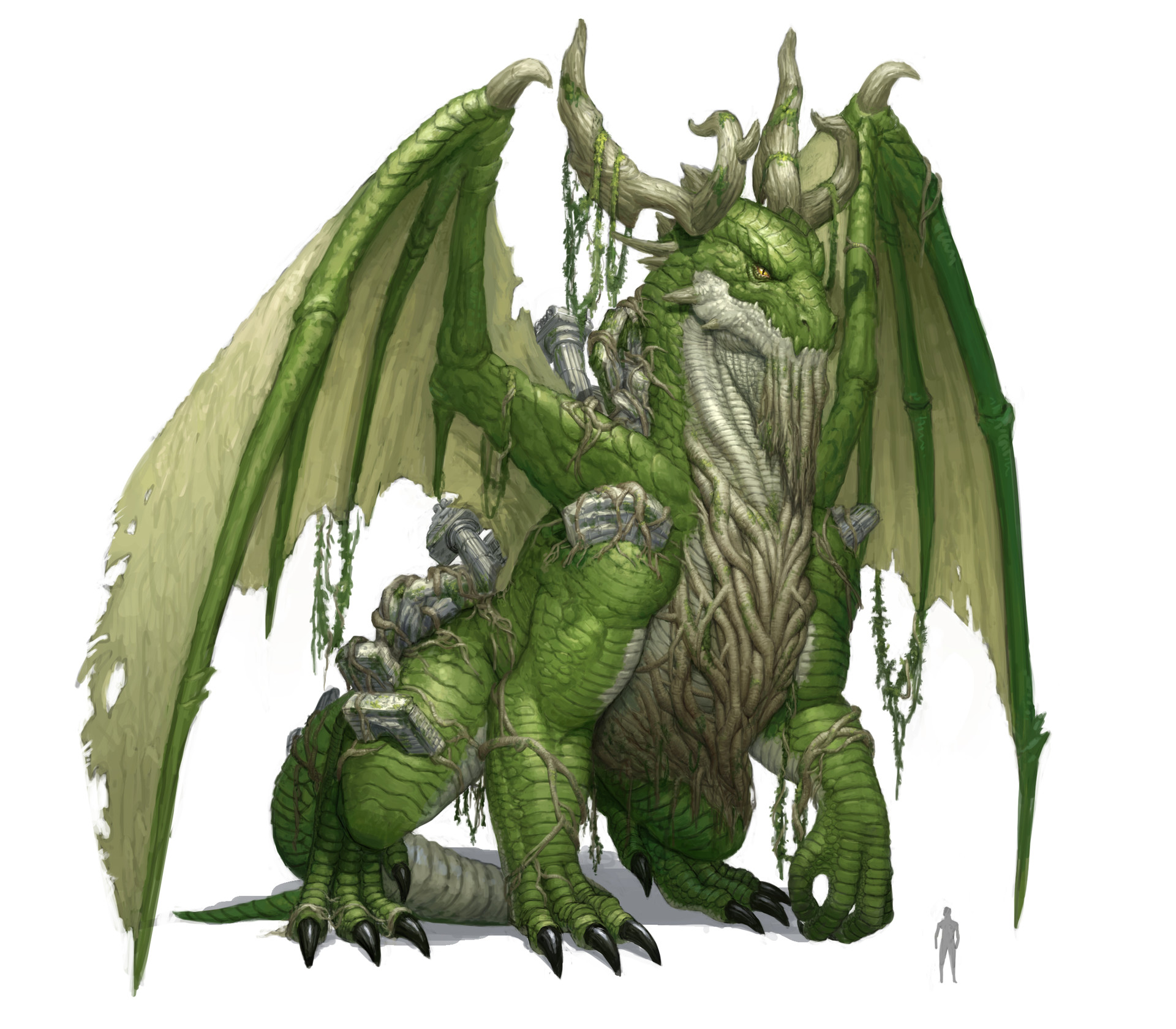
Were the Black and Green Dragons, if not one and the same, two sides of the same conspiratorial coin? For instance, just as the Black Dragon (Amur) River delineated the northern limit of Manchuria, further south the much smaller Qinglong or Green Dragon River roughly followed the dividing line between Manchuria and China proper. Might the scheming and secretive Toyama have played a guiding role in both societies? He reputedly was steeped in “extreme Eastern religious beliefs.” 1 That suggests the mysticism and occultism attributed the Green Dragon Society. The nominal founder and leader of the Black Dragon was Ryohei Uchida, but the true master, or “darkside emperor,” was Uchida’s shadowy and sinister mentor, Mitsuru Toyama, also a founding member of Genyosha. The Black Dragon’s network of spies and saboteurs took an active part in the subsequent Russo-Japanese War (1904-05) and the Black Dragons later expanded their operations and influence throughout Asia and Europe and even the Americas. Indeed, the Society took its name from the “Black Dragon” or Amur River which separated Manchuria and Siberia. The BDS initially concentrated on combating Russian interests in the vast Chinese province of Manchuria. Like its parent, the Black Dragon was a militant, “ultra-nationalist” body which worked to expand Imperial Japan’s influence on the Asian mainland. The BDS first appeared about 1901 and was an offshoot of another, older Japanese secret society, the Black Ocean or Genyosha. The simplest explanation for the Green Dragon Society is that it is a muddled reference to the better known, and definitely real, Black Dragon Society (BDS) or Kokuryukai. In doing so, it will offer a tantalising glimpse into a mysterious organisation that may have played a significant role in shaping modern history. What follows will not solve the mystery of the Green Dragon, but it will try to separate fact from fiction and explain where claims and information came from. Determining what is “real” and what is the playful figment of someone’s imagination can be tricky. Lovecraft’s Cthulhu Mythos and other fictional elements. The waters have been further muddied by role-playing games which have combined the Society with H. Historical figures from the Emperor Hirohito, to Adolf Hitler to Rasputin have been tied to the Green Dragon, legitimately or not. Other evidence, or at least allegation, argues that its true origins lay in China or Tibet and that its influence extended to the power centres of Tsarist Russia and Nazi Germany. It most often is mentioned as a Japanese secret society, but that is not necessarily the whole story. One such entity is the quasi-mythical Green Dragon Society (GDS), also known as the Order of the Green Dragon or simply the Green Dragon. But there are other groups which seem to exist only in that gray zone between reality and imagination, ones whose origins, number, scope and purpose remain maddeningly vague. Even a dubious organisation like the Priory of Sion can be shown to have had a genuine, if recent, existence, though its claims to centuries of tradition and hidden influence remain unsubstantiated. The beginning and formal end of the Order can be dated with precision, and the names of its leaders are a matter of historical record. What no one can contest, however, is that the Knights existed.

Whether the Templars were the inspiration for the no less controversial Freemasons, a band of depraved heretics or the innocent victims of a conspiracy born of greed and envy remains a topic of lively debate. The Knights Templar, for instance, are a perennial object of fascination and speculation. History certainly has no shortage of enigmatic or controversial brotherhoods, orders, lodges and societies.


 0 kommentar(er)
0 kommentar(er)
